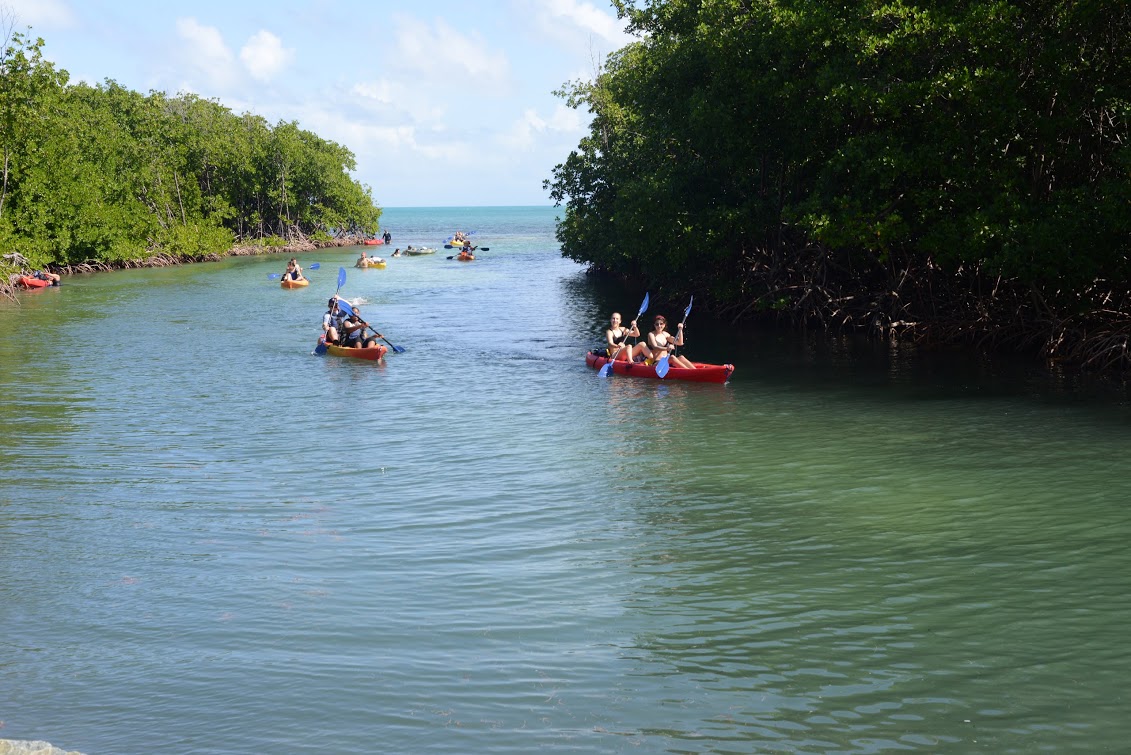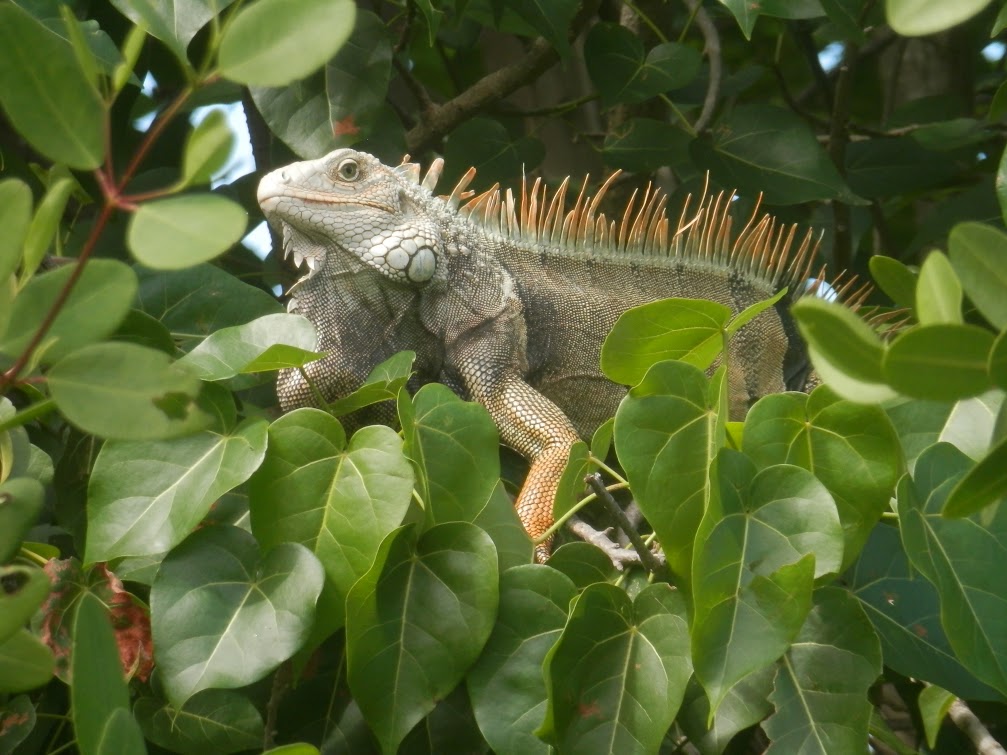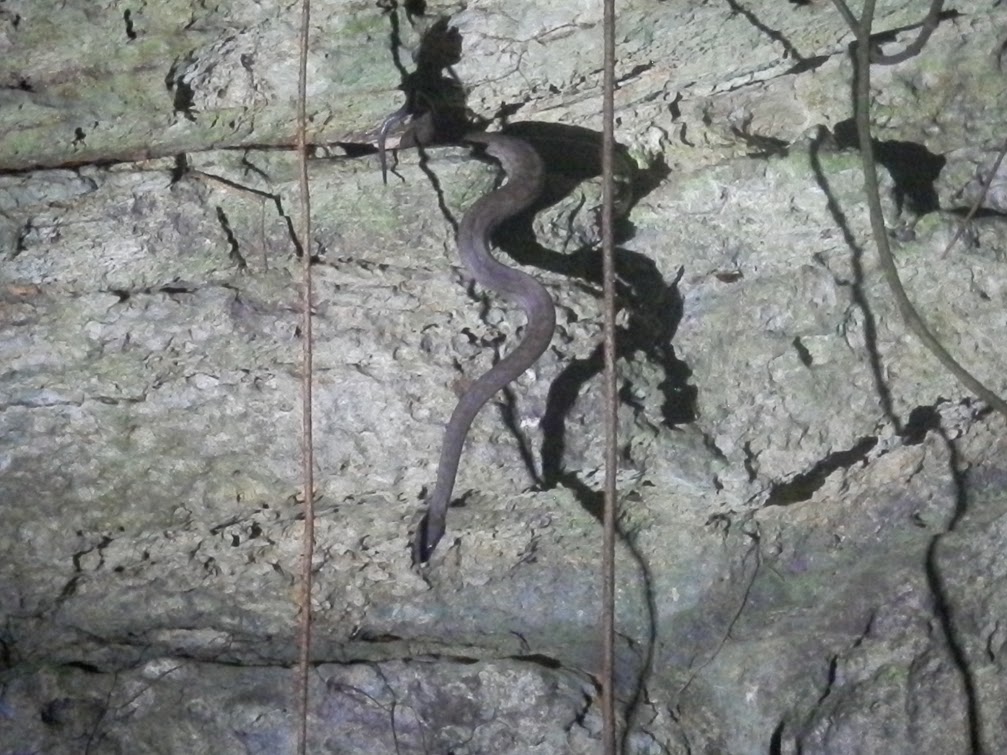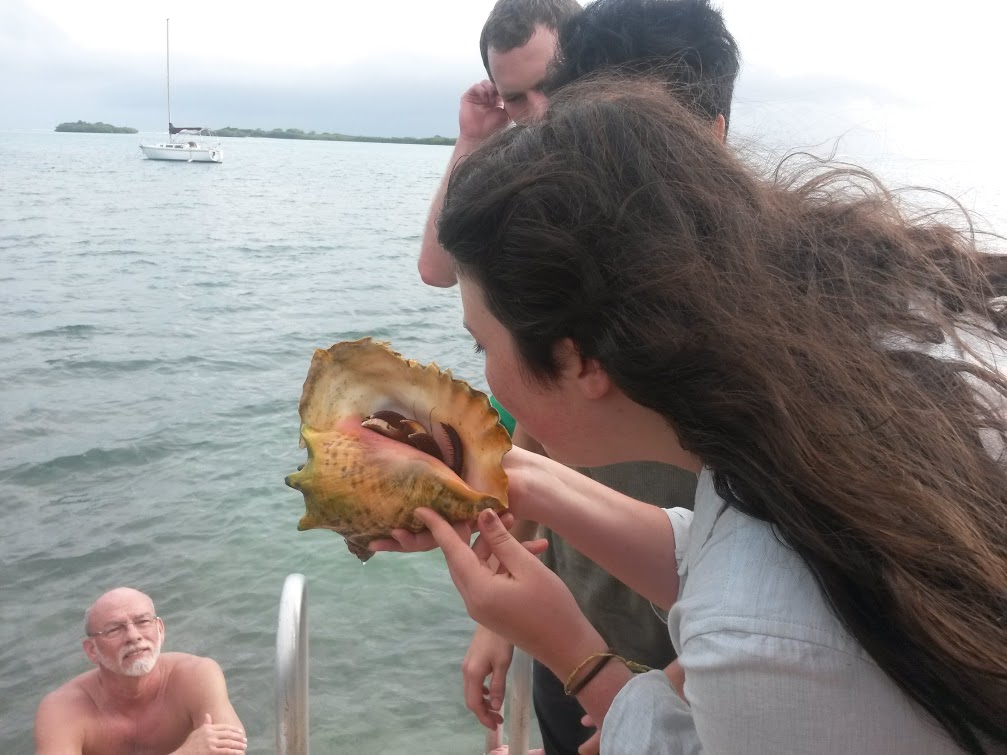Students Travel to Puerto Rico to Develop Research Skills
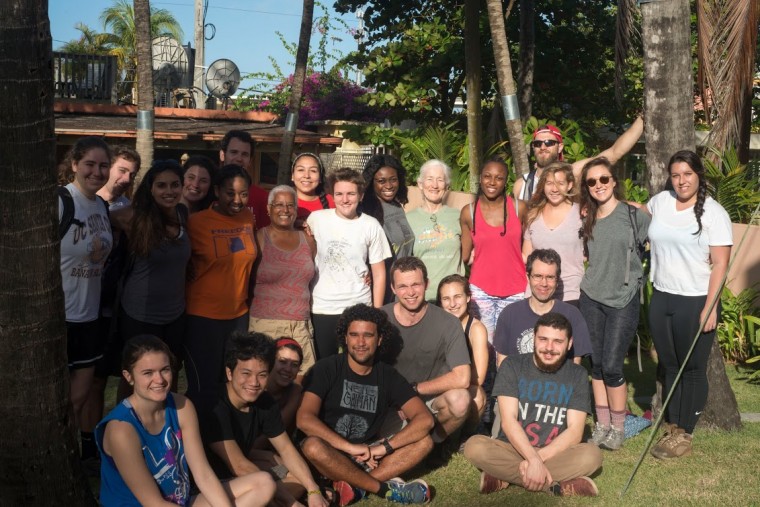
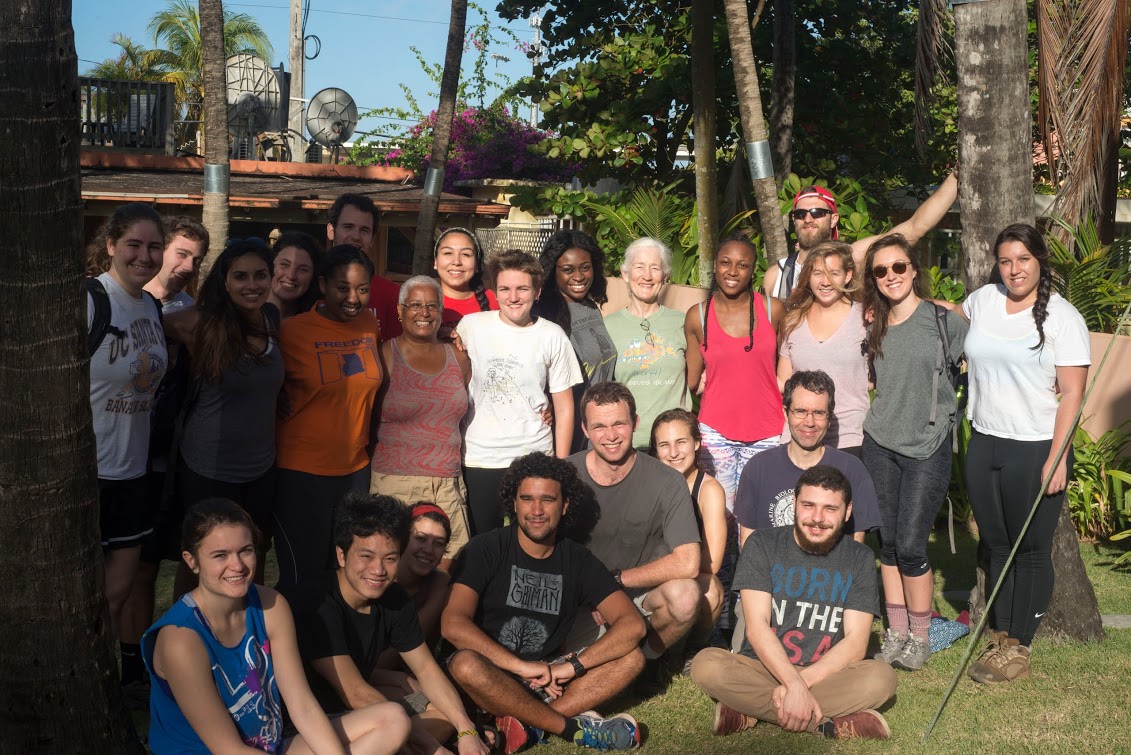
This semester, 21 senior earth and environmental science majors in the Senior Field Research Project (EES 398) course traveled to Puerto Rico to develop their research, data collection, analytical and presentation skills.
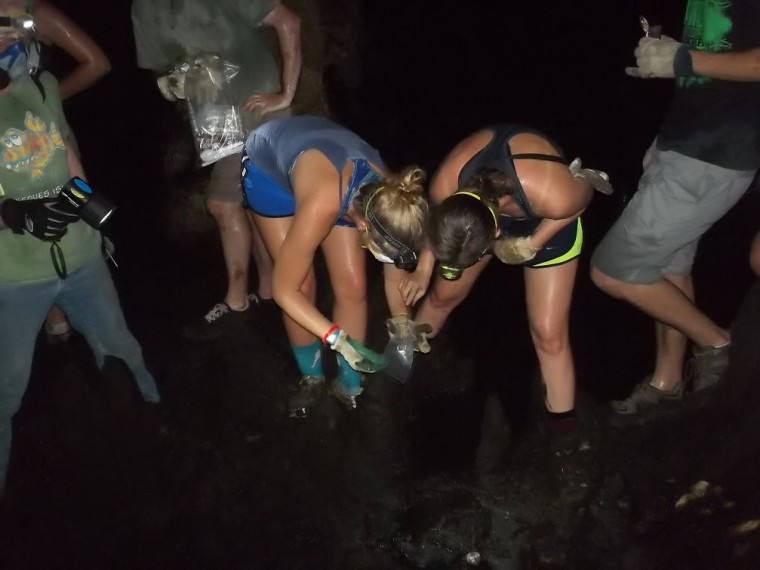
As part of the EES Department’s capstone course sequence, students are required to participate in a series of student-designed research projects. From Jan. 12-19, students performed independent research in the field.
“The overarching spirit is to have students participate in the full arc of a research project: from the design all the way to the presentation of the results,” said Dana Royer, associate professor of earth and environmental sciences, associate professor of environmental studies. Royer has co-taught the class three times, this year with Suzanne O’Connell, professor of earth and environmental sciences, faculty director of the Ronald E. McNair Post Baccalaureate Achievement Program.
The capstone experience began last fall when the E&ES seniors focused on designing a project, especially the field plan for data collection. While in Puerto Rico, the students collected data for the project, and this winter/spring, the students are working on analyzing and interpreting their data. At the end of the semester, the students will present their results both orally and in written form.
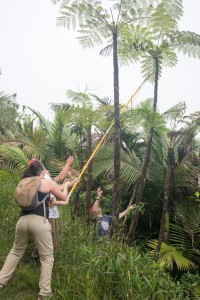
During the semester, the students break into groups, each having a different research topic.
This year, one group is testing the idea that the leaf shape in tree ferns may covary with temperature; if true, this opens the possibility that leaf shape in fossil tree ferns may be used to reconstruct paleo-temperature, Royer explained.
A second group sampled leaves and sediment from a less-polluted and a more-polluted mangrove site. They will be analyzing the leaves and sediment to see if the productivity is different at their two sites.
The final two groups looked at the potential for seagrass communities to serve as a link for atmospheric CO2, commonly known as carbon sequestration in climate change parlance. One group is focusing on the seagrasses themselves, and the other group on the sediments in these communities. These two groups are also looking at a less-polluted and a more-polluted site.
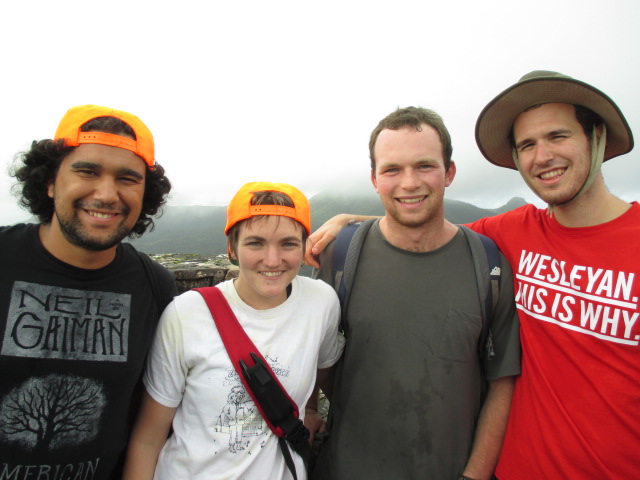
Jamie Hall ’15, who is working on collecting seagrass specimens, said he’s “contested with scorpions, walked through five inches of bat guano in caves that had boas at the entrance and kayaked down rivers to gather leaves from mangroves.”
Jack Singer ’15 said having the ability to choose his own research topic and subsequently design his own project and field plan “provided a lot of enthusiasm during the trip,” he said. “The ability for the students to be in charge was empowering. In the seagrass project, for example, we were given the responsibility to make a critical decision to modify and carry out our project as we envisioned it.”
Katy Hardt ’15 said working together and bonding with her classmates was one of the most memorable parts of the trip.
“I feel so lucky to be an E&ES major because I got to be part of this trip and it gave me a chance to take part in field research. It was also a great way to learn from and interact with professors outside of the traditional classroom,” she said.
View more photos of their trip to Puerto Rico below:
